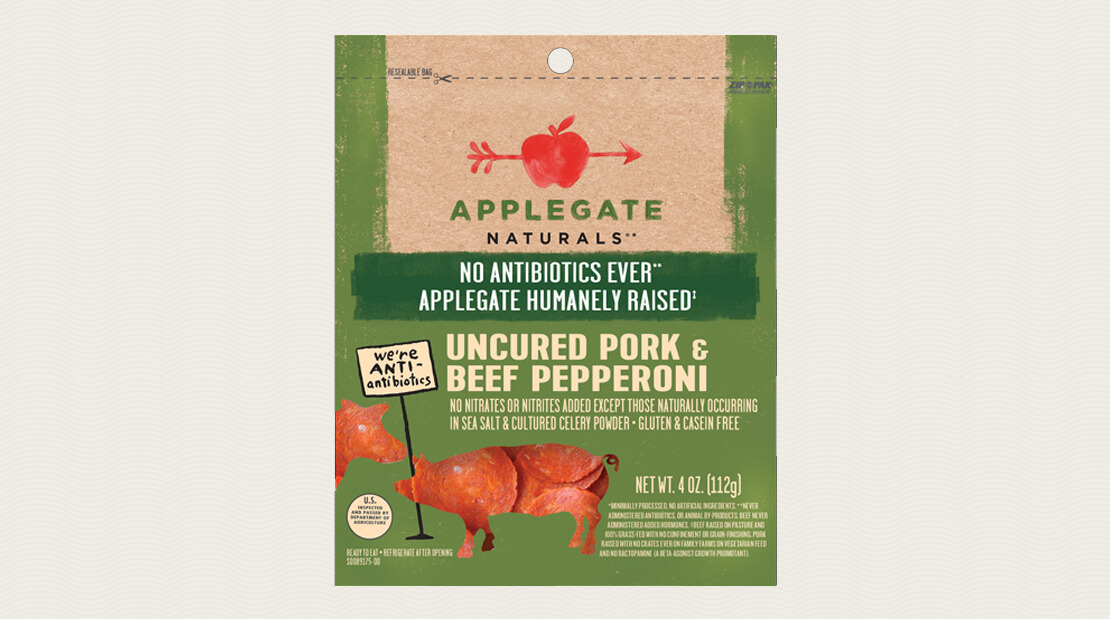Brands
How M&A Brings New Products and Fresh Insight to Big Food

Food Dive
But for the first 18 months, the companies made the decision to keep operating largely as they had before in order to give them more time to get to know each other and how each side could benefit in the long run. This move bucked the M&A norm in corporate America, which often has the acquiring company instilling its culture on the new business, while identifying ways to boost revenue to justify the purchase.
Last February, Applegate, which has carved out a niche selling refrigerated natural and organic meats, marked its first foray into the shelf-stable side with the introduction of pepperoni — the only product on the market that Applegate and Hormel Foods have collaborated on so far.
“It was really the best of all worlds, where Applegate is Applegate and Hormel is Hormel, and we came together to create a really great synergy” in creating this pepperoni, Nicole Glenn, vice president of marketing and research and development at Applegate, told Food Dive. “What Hormel really helped us do was stay true to our attributes and leverage their expertise. All of a sudden, it just opens up so much more opportunities to be aware of” in the market.
The new pepperoni was a key brand extension for Applegate because it moved them out of just the refrigerated section that had come to define it during its 31-year history into other parts of store where it didn’t have a meaningful presence. At the same time, it opened up new food areas where Applegate’s products could be used to a broader array of applications like topping on a pizza.
Before the pepperoni made it to the shelf, however, the companies had to overcome a few essential obstacles. Hormel Foods, which already had a rich history in meats and pepperoni similar to the segment that Applegate was aiming to enter, assisted the company in getting the ideal ratios of fat, lean protein and moisture that would allow the pepperoni to be sold outside of the refrigerator. Applegate oversaw other important product facets, including the flavor, texture, appearance and packaging design that were synonymous with the brand.
“It was really the best of all world’s where Applegate is Applegate and Hormel is Hormel and we came together to create a really great synergy” with this new product. “What Hormel really helped us do was stay true to our attributes and leverage their expertise. All of a sudden, it just opens up so much more opportunities to be aware of.”
Glenn is no stranger to mergers, having worked for Procter & Gamble when the consumer goods giant bulked up through deals, and employed by salad maker Earthbound Farms after it was purchased by WhiteWave (now part of Danone) in 2013. She said spending time out of the gate to better understand the businesses coming together, and what offerings they can bring to the consumer, is a prudent step for M&A deals — an approach that has made the Hormel Foods and Applegate merger work.
“(Hormel Foods is) taking the long game. It’s not about ‘Hey, we need to have this short term fix and let’s bring in the acquiree and get the most of of it, ‘ ” Glenn said. “That’s one of the best things from a standpoint that’s set (Hormel Foods and Applegate) up for success.”